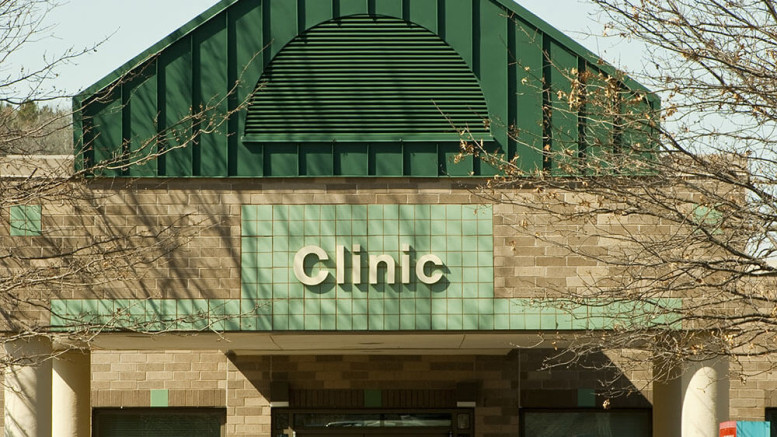To cut health care costs and cut patients’ expenditure, recently many states established new laws that require hospitals and doctors to publicly disclose their prices. Despite the availability of new websites and health care pricing apps that should help the general public find the best deal for their treatment, however, patients did not spend less money over the course of the last few years.
Prices for all types of medical procedures show an ample variation margin, with a mammography ranging from less than $130 to nearly $700 and other procedures such as M.R.I. or IUDs usually varying by a factor of three or four. Nonetheless, most studies did not find any positive association between superior quality of the services provided and higher costs. On the other hand, with the widespread diffusion of Medicare and Medicaid frauds, it’s not so infrequent to find hospital and clinics who overbill their patients for futile or low-quality treatment.
A large study published in The Journal of the American Medical Association tried to establish an association between outpatient spending and the availability of a health care price transparency tool. The aim was to measure whether these new systems such as websites and apps let people effectively save their money. Researchers studied the effectiveness of a health care pricing website known as the Truven Treatment Cost Calculator that provides users with prices from more than 300 services ranging from physician visits to outpatient operations and imaging. The study found that among the over 150,000 employees who had access to the website, only 20 percent used it within the first two years. Despite the fact that about 60 percent of them faced a deductible of more than $500, the difference in spending in the comparison groups was minimal, changing from $490 to $520 (so it also increased). Other studies found similar results, showing how usually just 1 to 3 percent of enrollees actually use pricing information tools.
Why is this happening, though? According to the New York Times, patients’ choices are mostly influenced by their physician advice when they get referred. Many people feel threatened by the risk of medical malpractice and its dire consequences, and thus prefer to choose a service that their doctor told them to trust, regardless of its overall cost. Although it’s not often the case, as previously explained, consumers usually think that higher medical service prices correspond to higher quality. On the other hand, insurance plans make no difference between high-cost and low-cost services, and patients’ out-of-pocket expenditure shows very little variations across the various options. People also do not want to waste precious time to scavenge among the overwhelming amount of information provided by the many websites to find the best deal. Since they’re looking for medical treatment, their decision must be as quick as possible, regardless of the additional expenses. Following a doctor’s recommendation is thus simpler, quicker, and possibly do not force them to face additional costs since insurance is paying for the difference anyway.
Although a slightly longer process of information seeking may eventually allow patients to find a good quality service that could let still save up to $200, right now price transparency did not work as expected. To effectively cut health care expenses it is thus needed to take additional steps to improve people’s access to these services or, at least, to increase their awareness towards them.
Article by Dr. Claudio Butticè, Pharm.D.
REFERENCES
- Lisa Aliferis, Variation in Prices for Common Medical Tests and Procedures. JAMA Intern Med. 2015;175(1):11-12. doi:10.1001/jamainternmed.2014.6793
- Hussey PS, Wertheimer S, Mehrotra A. The association between health care quality and cost: a systematic review. Ann Intern Med. 2013 Jan 1;158(1):27-34. doi: 10.7326/0003-4819-158-1-201301010-00006.
- Sunita Desai, et al. Association Between Availability of a Price Transparency Tool and Outpatient Spending JAMA. 2016;315(17):1874-1881. doi:10.1001/jama.2016.4288
- Aparna Higgins. Characterizing Health Plan Price Estimator Tools: Findings From a National Survey. Am J Manag Care. 2016;22(2):126-131
- Austin Frakt, December 19, 2016. Price Transparency Is Nice. Just Don’t Expect It to Cut Health Costs. The New York Times.
